What to know
The U.S. CDC partnered with Nigeria during the pandemic to screen travelers at ports, train officers in COVID-19 screening, and provide prevention information. Cargo ship crew also underwent regular screenings. Learn how this response work built preparedness for future health emergencies in the country.
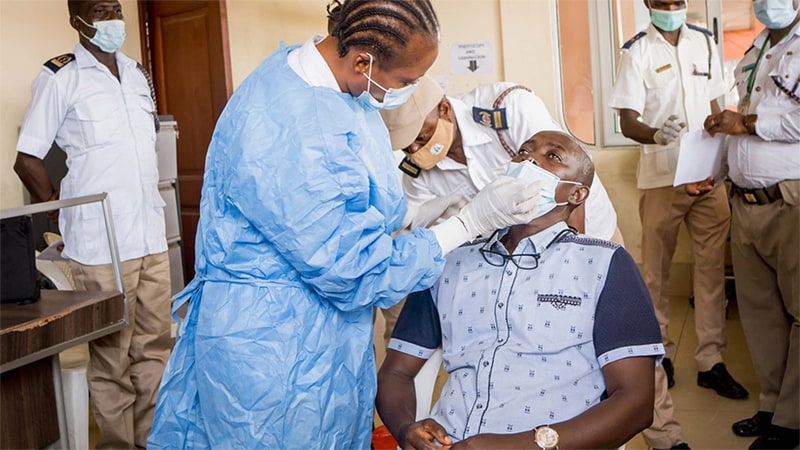
Photo essay
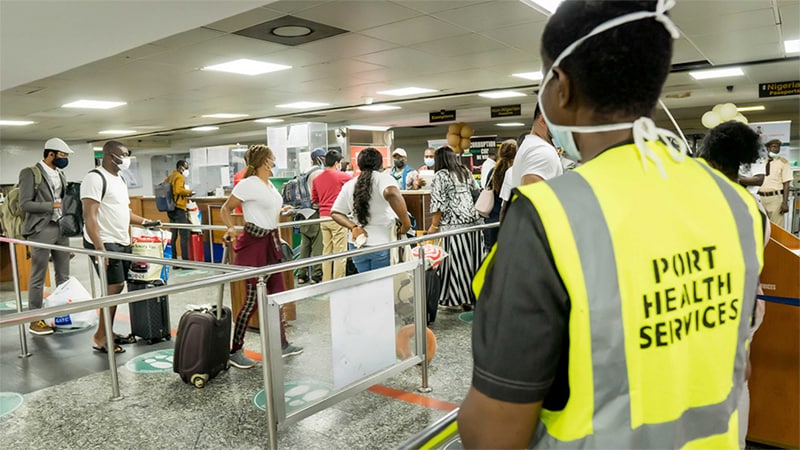
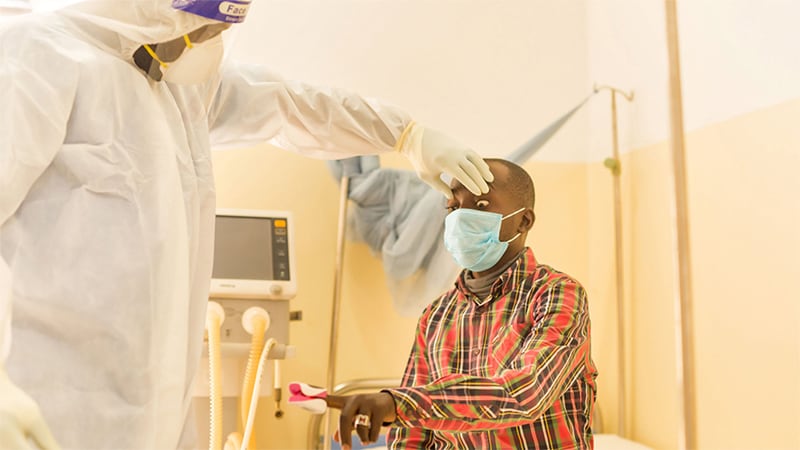
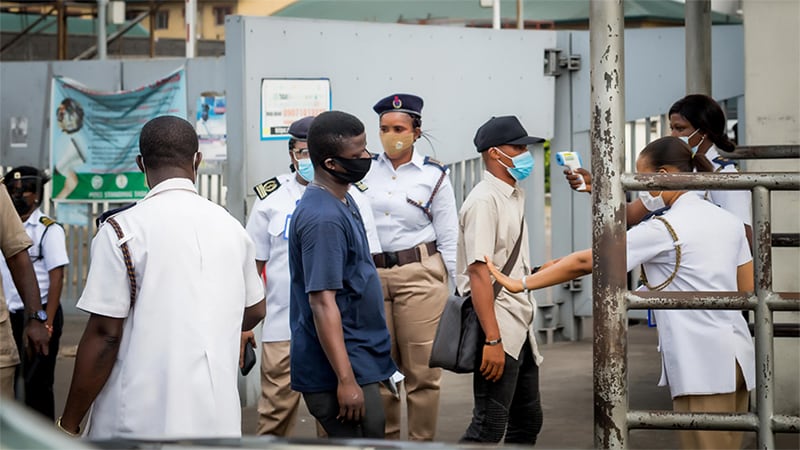
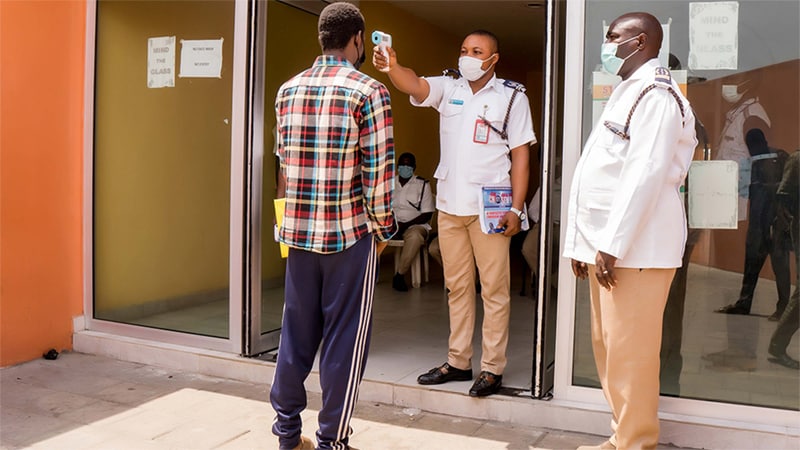

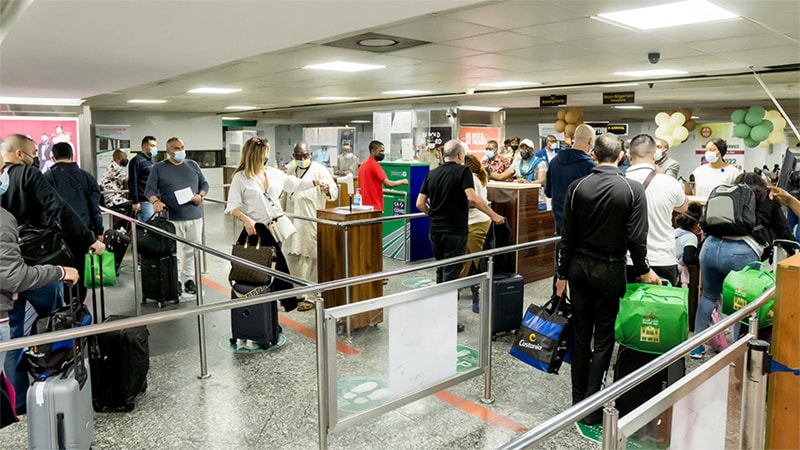
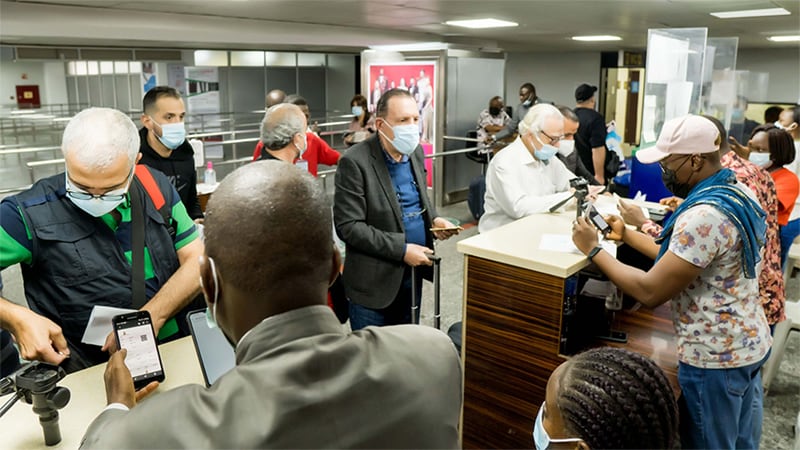

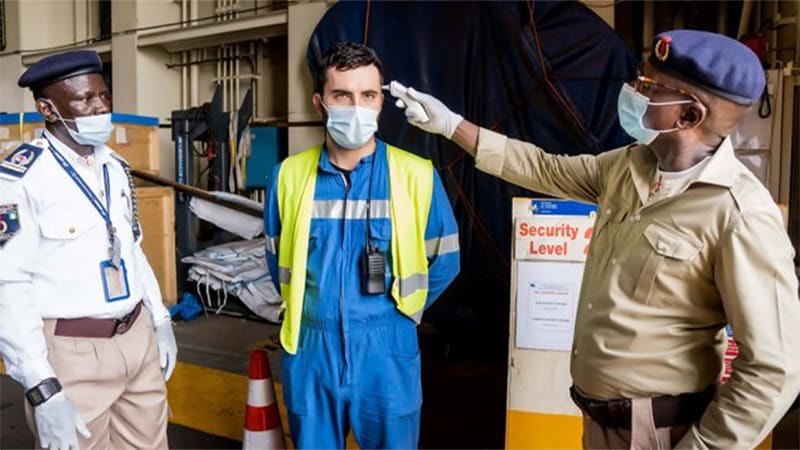
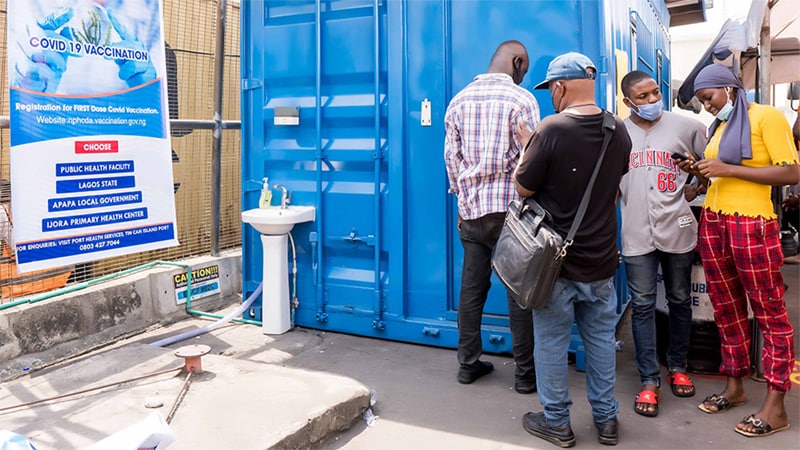

Content Source:
Global Health Center
